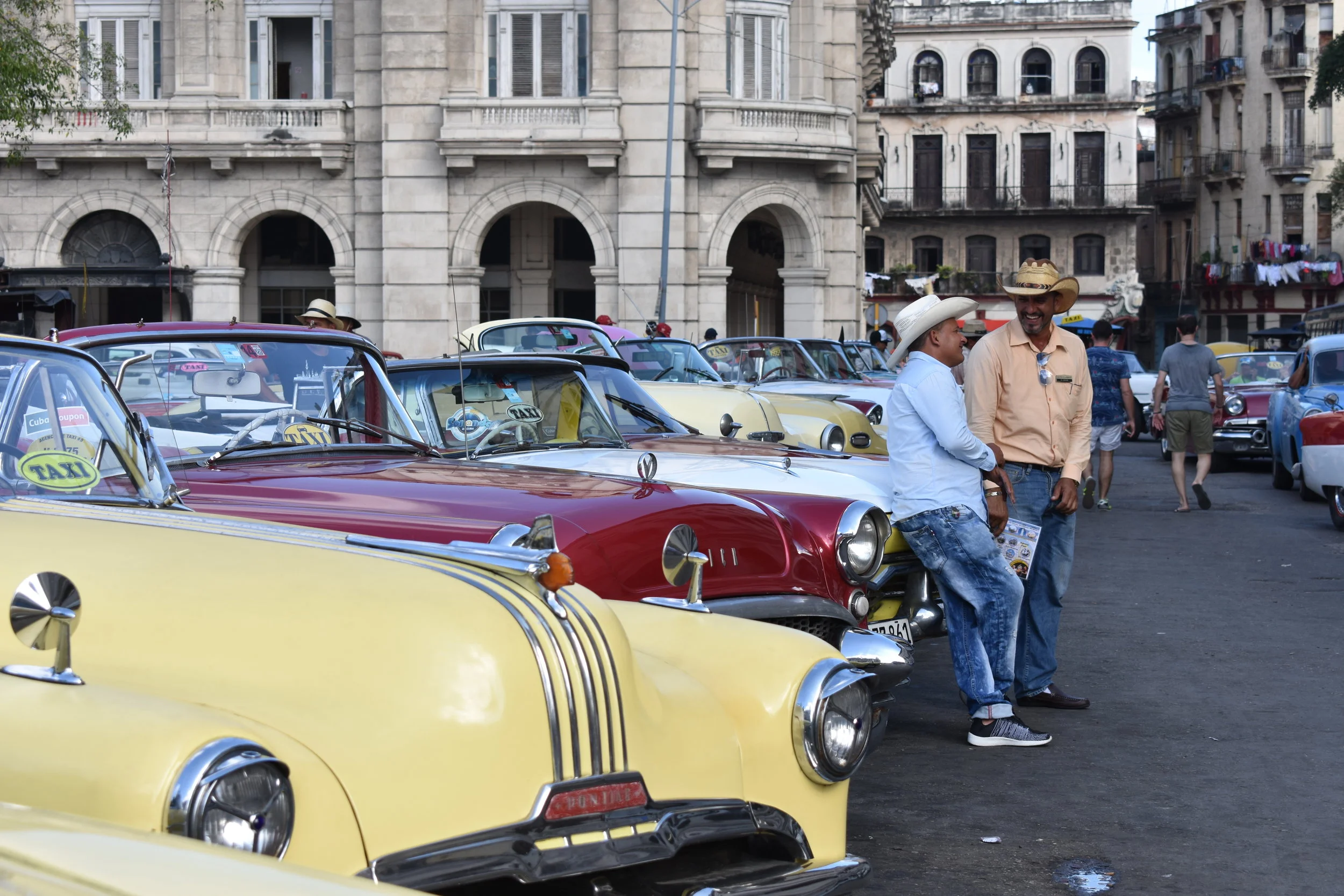A quick glance of my Instagram account or my travel vlog usually invokes the same handful of questions: “what do you do?”, “how can you afford to travel so often?”, “how do you even know where to go and what to do when you reach your locations?” etc. Some of you reading this will have heard these questions yourself and probably have your own tricks and tips. This post is for the other group reading this, those of you who have asked these questions yourselves and are probably still in search of answers. The following list of steps are my best attempt to help those who aspire to start traveling more frequently, or to start traveling all together. I personally find them supremely effective and if I can help at least one person reading this I can honestly say I’ll be satisfied. Life is short friends, let’s ensure our memories are filled with much more than 9 to 5 monotony.
1. Plan ahead
I can’t stress this one enough. One of the biggest tricks in my arsenal is planning for and researching a trip well in advance. And by well in advance, I mean at least two months (between two and four is my hotspot personally). I am no expert, I consult google and TripAdvisor and lonely planet (to name a few) just like everyone else, and I spend hours comparing flight and accommodation prices before pulling the trigger. I then identify between 10 and 15 activities and or attractions I really want to accomplish during my stay and I write them down along with their cost and their location. The location of my desired attractions then determines where I book my accommodation(s). Let’s pretend there are 10 things you really want to do on your 10 day trip to Thailand for example. Let’s then pretend that 6 of those things are either in Bangkok, or in a nearby surrounding area. You would find a place in central Bangkok for 5 days as your hub, and then attack those 6 things for 5 days. The remaining 4 items on your wish list are located in or around Pattaya. You will have done your research and learned that Pattaya is a 2 hour cab or bus ride from Bangkok, so you will book your next place in Pattaya for the remaining 5 days and plan to wake up early and give yourself time to reach. You then attack those last four items from your Pattaya hub. This was of course a loose example and can be minimized or expanded as you see fit. Traveling last minute can be daunting for experienced and inexperienced travelers alike, and you will find that the earlier in advance you do your research and start your flight and accommodation search, the lower the prices are. Flights on Tuesdays, Wednesdays, and Sundays are typically the cheapest, while accommodations are far less likely to be booked when searching months in advance. I personally prefer Air BnB and hostels (provided I can get a private room) to hotels and resorts. Because the price is usually far lower, and because your Air BnB host or hostel staff will most likely be extremely helpful and knowledgeable.
2. Stop impulse buying!
Perhaps this step should have gone first, since you can’t really plan a trip without money to fund said trip, but regardless of which step you take first, both are extremely important. Quit going out to lunch with your coworkers every day. You probably don’t need those new sneakers. That party you are afraid to miss out on? It’s probably not that lit. And if it is, you’ve been to parties equally as lit before if not even more. For travel to be affordable, it has to be a priority. Meaning every thing that cost money should be minimalized to leave more for trip planning. That $200 you spend per month on lunch? Could have been 4 nights in a hostel in Costa Rica. That $250 pair of Jordans? Could have been a one way to Cuba. Once you change your mindset and start comparing the price of tangible objects to a travel expense, you will start to become a much smarter budgeter. If you need extra help, consider creating a travel account and having HR at your job divide your direct deposit between your normal account and your travel account. I personally send a third of my direct deposit to my travel account, without fail, every pay period. Our finances and obligations may differ, this isn’t a competition. Put away what works for you!
3. Horde your PTO hours like the precious commodity they are
This may not apply to everyone, but for those reading who work a salaried position with paid time off, protect your pto hours with your life! Pass on that long weekend trip with the crew if you have your mind set on a longer trip down the line. Those one or two days make a huge difference. If your company allows remote work, work from home when you are sick or busy. Push through that migraine instead of asking your boss to leave early. Plan your trips around a holiday or special day that you would have had off anyway. Again, those one or two days make a huge difference. I know these things sound easier said than done, but you will be grateful when you’re parasailing in Switzerland.
4. Establish a travel crew
If you are not afraid to travel solo and don’t need a crew, go ahead and proceed to the next step. This is for those who are beginners and may be reluctant to fly solo. This one may be difficult, since your travel crew may not be your regular at home crew. Determine what kind of traveler you are (luxury, adventure, off the beaten path, etc) and find people who share your travel philosophy. There is nothing worse than traveling with that one friend who nags at every small inconvenience, or the friend who doesn’t want to leave the comfort of the hotel and the wifi. Or what about that friend who prefers to frequent the same locations over and over instead of experiencing something new? It can be tough, but if you have to take a step back and reevaluate who gets a invite and who doesn’t, your travels will become far more enjoyable. Search facebook or meetup groups, reach out to older friends you haven’t spoken to in a while, or relatives you normally only see during family outings. Someone out there would love to board a plane with you.
5. Start small
If you are hesitant to leave the country, consider starting with a domestic trip. Go from DC to Los Angeles, or New York to Houston, or Miami to New Orleans. Get a feel for navigating unfamiliar territory and speaking with locals about cool things to do and see. At the very least you are speaking English and spending US dollars, if the thought of language barriers and foreign currencies scares you. Work your way up to that.
6. Off peak save lives!
Consider booking a trip during the off peak seasons. They will differ depending on where you want to go so be sure to do your research, but you will be surprised to learn that you can save up to 40% by traveling during a less than traditional time frame. Prime example: travel to Southeast Asia (Indonesia, Thailand, South Korea, Japan) during the “wet season” June to October, will run you around $450 round trip compared to around $650-$750 on average. Wet season refers to the time frame when monsoon and heavy raining are more likely, but with a little research you will discover that most of those rains last only a few hours a day. Pack a raincoat and go for it! A little more rain is a small price to pay for massive savings. Besides, watching a storm form can be fun!
Nadji Grizzle
Nadji is the creator and star of MAPD-Make Art Precede Death, a youtube travel series designed to encourage viewers to seize the day everyday! MAPD also serves as a platform to demonstrate that black travelers too enjoy the themes of exploration and adventure, contrary to the party-obsessed stigma that surrounds us. Although he is relatively new to vlogging, he is an experienced traveler having travelled to over 20 countries. You can find Nadji on Instagram at @itsmegrizz and watch and subscribe to MAPD on YouTube and like the MAPD Facebook page @watchmapd.
















